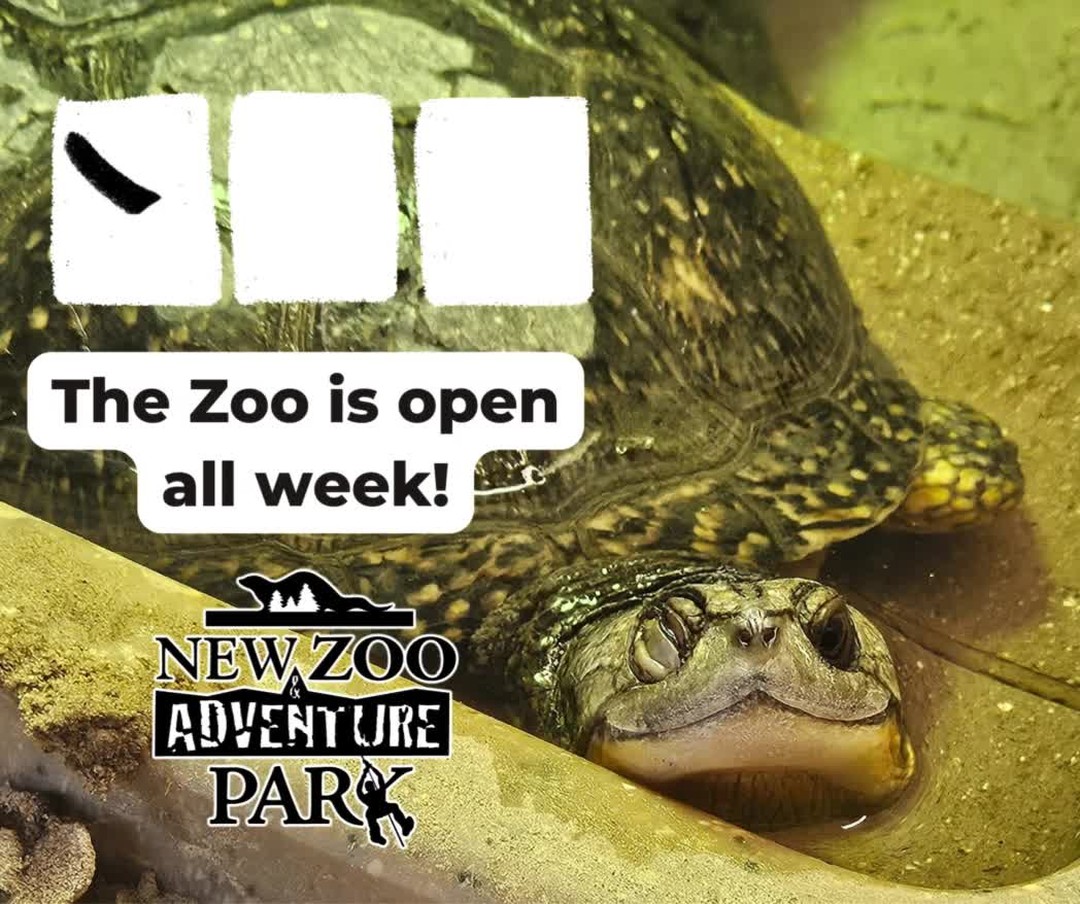- The importance of innovative zoo management and its role in wildlife conservation.
- Understanding the adaptation and care of various animal species within a controlled environment.
- The educational impact of zoos and their contribution to public awareness and engagement in wildlife protection.
- The significance of structured conservation programs and how they serve endangered species.
- Engaging visitors in conservation efforts and promoting sustainable practices through zoo initiatives.
Zoos today are not merely places for entertainment; they are critical hubs for wildlife conservation and education. Obsidian is giving you a little “wink wink” to remind you that they are open all year, including New Year’s festivities, inviting us to reflect on the integral role these institutions play in preserving biodiversity. Through innovative zoo management practices, these organizations educate the public and provide sanctuary for endangered species, while also driving efforts to maintain ecological balance.
Zoo management goes beyond feeding and housing animals. It entails creating environments that mimic natural habitats as closely as possible. This is essential for animal health and well-being, allowing species to exhibit natural behaviors necessary for their development. The design of enclosures considers factors such as terrain, foliage, and climate, ensuring animals thrive under their care. Managing these factors requires collaboration among zoologists, veterinarians, and animal behavior experts, who collectively ensure that these environments support both the physical and mental health of the inhabitants.
Modern zoos focus heavily on sustainability and conservation. Breeding programs are structured to bolster populations of threatened species, often involving collaboration with global wildlife networks. These programs track genetic diversity and ensure future generations carry forward healthy traits. By maintaining a viable population within the zoo, species are safeguarded from extinction risks that stem from habitat destruction and poaching in their natural environments.
The educational value of zoos cannot be overstated. By facilitating an up-close experience with diverse animal species, zoos serve as practical classrooms for conservation awareness. Interactive programs and informative sessions are crafted to captivate and inform visitors about the importance of ecological balance and the roles they can play in sustaining it. Educational initiatives make it clear how individual actions can impact broader ecosystems, fostering a societal ethos aimed at preserving wildlife.
Conservation programs are at the heart of many zoos’ missions. These efforts not only protect animal species but also work towards restoring their natural habitats. Through partnerships with international conservation organizations, zoos engage in field research and reintroduction programs, studying animal behavior and survival tactics in the wild. These initiatives are vital in strategizing effective conservation methods that cater to specific environmental challenges.
Visitor engagement plays a crucial role in promoting conservation initiatives within zoos. By offering educational tours and interactive exhibits, zoos inspire a new generation of conservationists. Special events, like Obsidian’s New Year’s celebrations, highlight how these institutions remain active participants in community education, reminding the public of their ongoing conservation efforts and encouraging involvement at every opportunity. Programs aimed at recycling, habitat cleanup, and other sustainable practices are promoted to underscore the importance of environmental stewardship.
At the core of these initiatives is the objective of sustaining biodiversity and addressing the extinction crisis. Zoos collaborate with researchers to develop innovative conservation strategies, studying genetic variability and the viability of reintroducing animals into their natural habitats. These research efforts showcase how zoos become extensions of wildlife reserves, safeguarding the genetic lineage of species that face dwindling numbers in the wild.
Through these combined efforts, zoos like Obsidian contribute significantly to wildlife conservation. Their commitment to educational outreach and promoting sustainable practices creates an informed public that advocates for biodiversity. Visitors of all ages are provided with the tools and knowledge to contribute meaningfully to conservation efforts, ensuring that these programs resonate beyond the walls of the institution.
Obsidian is giving you a little “wink wink,” underscoring their commitment to being open to visitors throughout the year, and reminds us of the accessibility of conservation education. Establishing an environment where learning and engagement thrive, zoos remain pivotal in advancing the global conversation about wildlife preservation. By continuing to visit and support these establishments, we can all partake in the mission to protect our planet’s rich tapestry of life.
*****
Source Description
Obsidian is giving you a little *wink wink* to remind you that we are open ALL week, including on New Year’s Eve and New Year’s Day! We would LOVE to have you spend a bit of the holiday with us.


